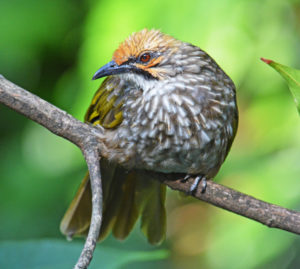Since 2008, the Future for Nature foundation has supported 30 successful conservationists all around the world, each passionately working on environmental protection, and with result. Besides supporting these remarkable people financially, FFN also want to provide a platform to showcase their work and studies and open doors towards a broader network.
On April 20 2018 three young, promising, international conservationists, determined to make a difference and ensure a brighter future for nature, will receive the Future For Nature Awards in Royal Burgers’ Zoo in Arnhem, this year awarded for the eleventh time. Besides the award itself, each of them receives €50.000 to use to continue their work. This year’s winners each contribute to topical and crucial theme’s in international conservation:
- Adam Miller (27), a young American trying to stop the illegal bird trade in Borneo, Indonesia
- Trang Nguyen (27), an adventurous woman form Vietnam fighting a dangerous battle against illegal wildlife trade in Africa and Asia
- Geraldine Werhahn (33), a Swiss researcher who traded her home country for the mountains of Tibet and Nepal in order to protect an elusive wolf species.
These exceptional individuals operate without boundaries and sometimes despite of great risks for themselves and their international colleagues. All of them actively try to involve the local communities in their plans, thus encouraging them to change their ways. With their innovative approach they successfully motivate people to protect those parts of nature they once threatened.
Adam Miller (27) is originally for the United States, but ended up founding the local NGO Planet Indonesia in Borneo, Indonesia. Besides succeeding in gathering more intel about the illegal bird trade in the rainforest -and sometimes actually bringing the people who practice this to justice- Adam is also actively involved in reforestation projects and the founding of ranger patrol teams. Adam’s efforts made it possible for the severely endangered orangutan to move from one side of their habitat to the other, using the reforested areas. On top of this, Adam makes an effort to involve the local communities in his projects, tries to convince bird traders to pursue a new career and works towards illegalizing the opening of new bird shops.


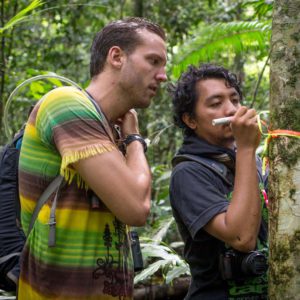
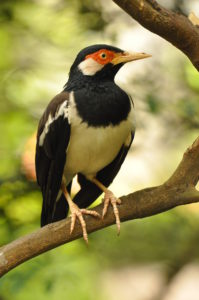
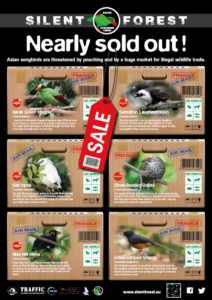

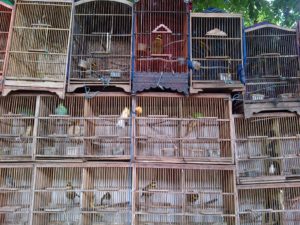
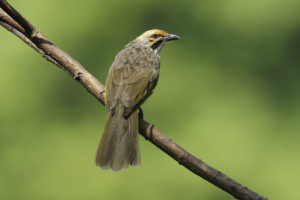
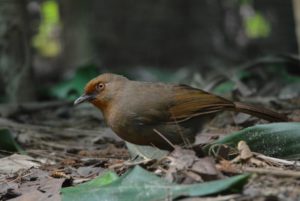
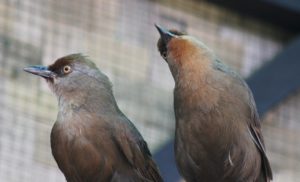
 Not thinking about participating in this year’s annual conference any more, the following news strikes me: the zoos of the Dutch Zoo Federation NVD decided that it might be useful and interesting for non-curators to attend one set day of the Annual Conference in Wildlands, Emmen, the North of our own home country… reduced one-day fee for the first 30 interested Dutch zoo employees; no travel expenses, no accommodation necessary. I signed up really, really quickly! Unfortunately the set date is not the one of the campaign launch. Yet, that day might be a good chance to meet the curators/directors in the campaign preparation group. There are not to many meetings in person, so it would be great to get together during the lunch eg. And a personal target: talk to at least five non-Dutch-zoo- employees (people I would not meet so easily normally) about the campaign goals and opportunities!
Not thinking about participating in this year’s annual conference any more, the following news strikes me: the zoos of the Dutch Zoo Federation NVD decided that it might be useful and interesting for non-curators to attend one set day of the Annual Conference in Wildlands, Emmen, the North of our own home country… reduced one-day fee for the first 30 interested Dutch zoo employees; no travel expenses, no accommodation necessary. I signed up really, really quickly! Unfortunately the set date is not the one of the campaign launch. Yet, that day might be a good chance to meet the curators/directors in the campaign preparation group. There are not to many meetings in person, so it would be great to get together during the lunch eg. And a personal target: talk to at least five non-Dutch-zoo- employees (people I would not meet so easily normally) about the campaign goals and opportunities!